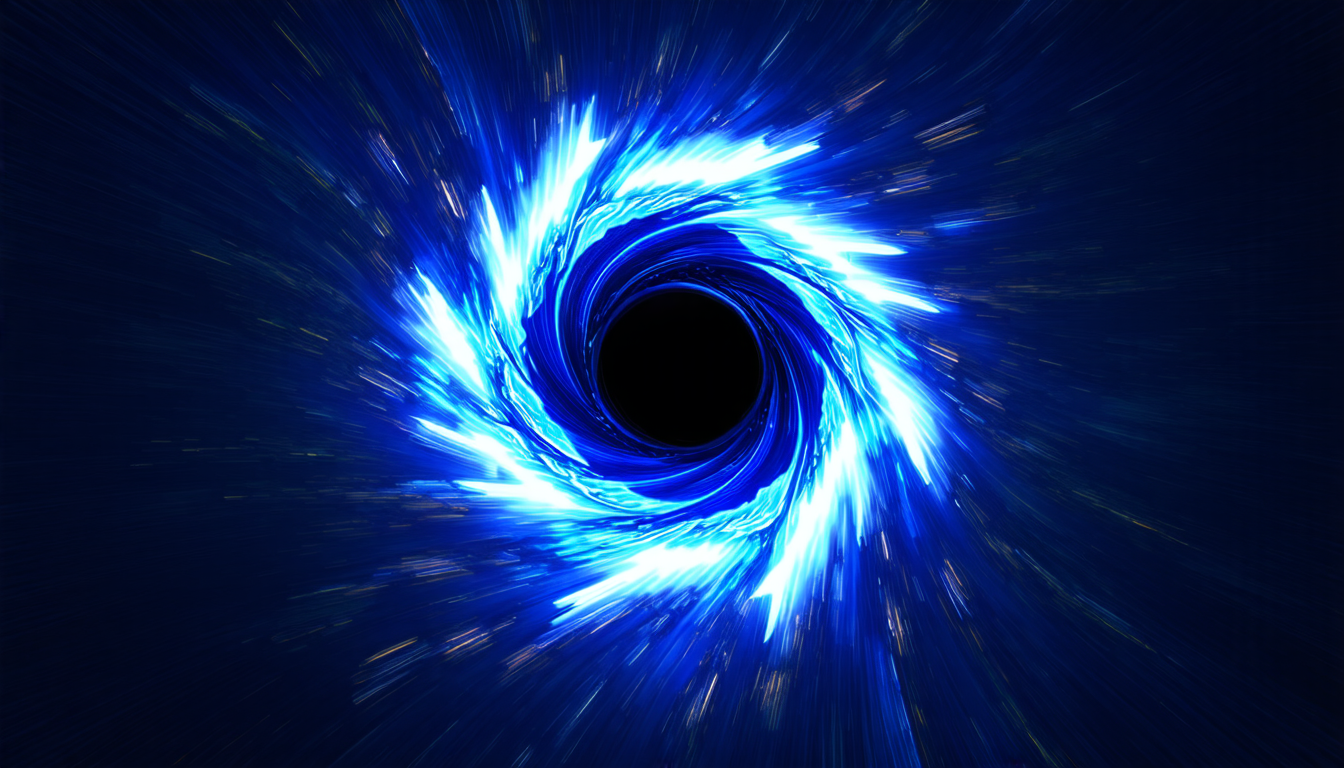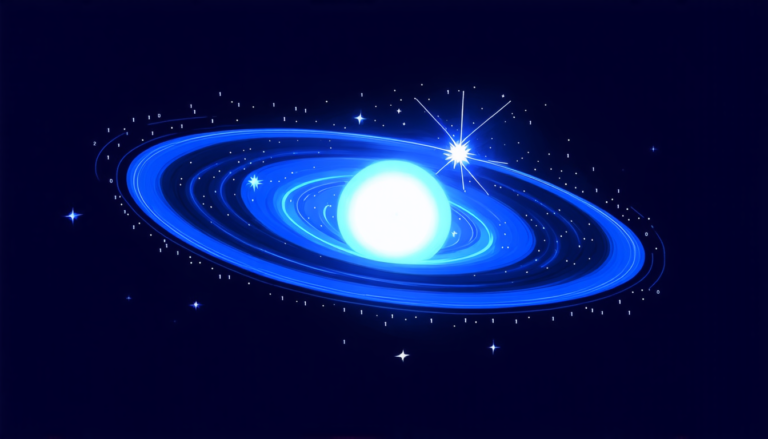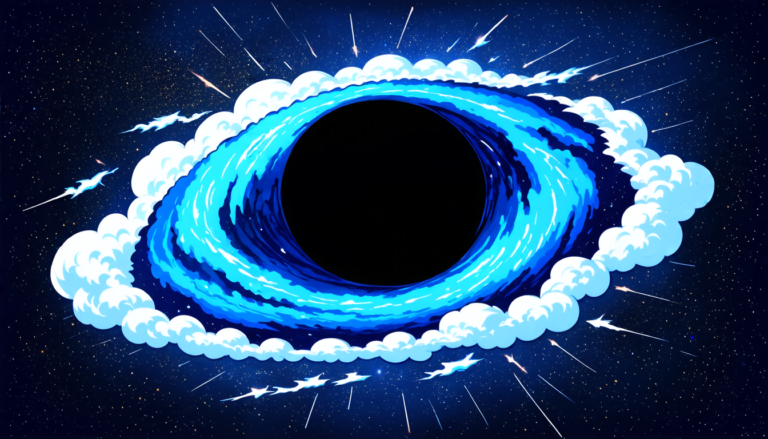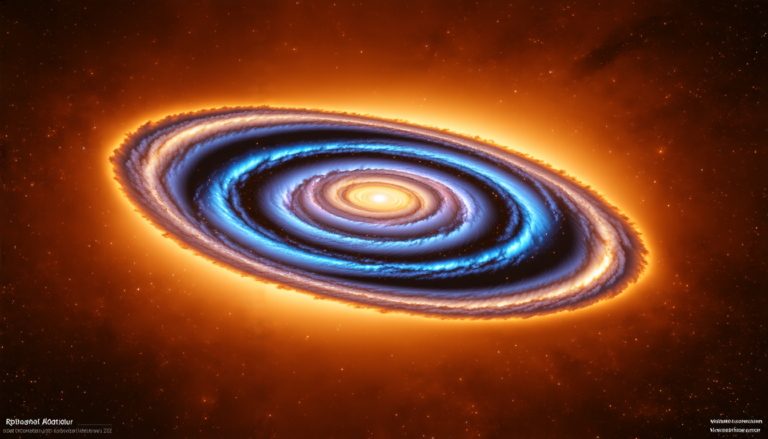Tuesday 29 July 2025
A team of astronomers has made a significant breakthrough in understanding the internal rotation of a star, shedding light on the mysterious processes that govern the behavior of these celestial bodies.
The star in question is HD 192575, a massive Cepheid pulsator located about 1,000 light-years from Earth. These stars are known for their unusual properties, including intense brightness and irregular pulses that make them difficult to study. By analyzing the subtle variations in the star’s oscillations, scientists can gain insights into its internal structure and rotation.
The researchers used data from NASA’s Transiting Exoplanet Survey Satellite (TESS) and a technique called asteroseismology to probe the star’s interior. Asteroseismology is similar to seismology on Earth, where scientists study the vibrations of our planet to learn about its internal composition and structure. In this case, the team analyzed the pulsations of HD 192575 to infer the rotation pattern within the star.
The results are fascinating: the researchers found that the star’s core rotates at a much slower rate than its outer layers. This differential rotation is not unique to HD 192575, but it has significant implications for our understanding of stellar evolution and internal dynamics.
One key aspect of this study is the inclusion of multiplet asymmetries in the analysis. Multiplets are groups of oscillation modes that have similar frequencies but differ in their radial orders (the number of times they oscillate within the star). By studying these multiplets, scientists can gain a more detailed understanding of the star’s internal rotation and structure.
The team used advanced computational methods to invert the data and reconstruct the star’s internal rotation profile. This process involved solving complex equations that described the interactions between the star’s interior and its surface oscillations.
The resulting rotation profiles show a striking pattern, with the core rotating at about one-third of the rate of the outer layers. This differential rotation is likely driven by the star’s magnetic field and internal dynamics, which can cause the core to rotate more slowly due to conservation of angular momentum.
These findings have significant implications for our understanding of stellar evolution and the behavior of massive stars like HD 192575. By studying these stars, scientists can gain insights into the fundamental processes that govern their behavior and potentially uncover new clues about the origins of life in the universe.
The research highlights the importance of asteroseismology in understanding the internal dynamics of stars and the potential for future discoveries using this technique.
Cite this article: “Unlocking the Secrets of Stellar Rotation: A Breakthrough in Understanding HD 192575”, The Science Archive, 2025.
Asteroseismology, Hd 192575, Stellar Rotation, Differential Rotation, Cepheid Pulsator, Nasa Tess, Transiting Exoplanet Survey Satellite, Internal Dynamics, Stellar Evolution, Multiplet Asymmetries







